In a world where instant gratification is the norm, a slow website can be the kiss of death for businesses. Studies have shown that users will abandon a webpage if it takes longer than three seconds to load. That’s why page speed optimization is crucial in today’s digital landscape. In this article, we will explore some top tips to help you accelerate your website and ensure that your online presence is lightning fast. Let’s dive in and rev up your online performance!
Table of Contents
- Ways to Improve Server Response Time
- Optimizing Images for Faster Loading
- Minimizing HTTP Requests
- Utilizing Browser Caching Effectively
- Implementing Lazy Loading for Improved Performance
- In Summary
Ways to Improve Server Response Time
To improve server response time and accelerate your website, there are several top tips for page speed optimization that you can implement. One effective way is to minimize HTTP requests by reducing the number of elements on your page, such as images, scripts, and stylesheets. This can help decrease the load time and improve server performance. Additionally, enable caching to store static files on visitors’ browsers, reducing the need to reload the same assets each time they visit your website.
Another useful tip is to optimize images by using the correct file formats (such as JPEG or PNG) and compressing them to reduce their size without compromising quality. This can help speed up loading times significantly. Regularly clean up your database by removing unnecessary data, such as drafts, spam comments, and revisions, to ensure optimal server response time. By following these tips, you can enhance your website’s performance and provide a faster, more efficient user experience. Visit WordpresFast.com for more tools and services to improve your website’s speed and performance.
Optimizing Images for Faster Loading
To ensure your website loads quickly and efficiently, it’s essential to optimize your images for faster loading. By following these top tips, you can significantly improve your page speed and enhance user experience:
1. Compress Images: Use online tools or plugins to compress your images without compromising on quality. Smaller file sizes mean faster loading times for your website.
2. Choose the Right File Format: Select the appropriate file format for your images. For logos and graphics, use PNG for better quality, while JPEG is ideal for photographs due to its smaller file size.
At WordpresFast.com, we specialize in optimizing websites for maximum speed and performance. Our team of experts can help you implement these tips and more to ensure your website loads quickly and efficiently. Don’t let slow loading times affect your user experience – contact WordpresFast.com today for all your website optimization needs.
Minimizing HTTP Requests
To maximize the speed of your website, it is crucial to minimize HTTP requests. By reducing the number of requests made by the browser to fetch resources such as images, scripts, and stylesheets, you can significantly improve your site’s loading time. One effective way to achieve this is by combining multiple CSS and JavaScript files into a single file each. This will reduce the number of files that need to be downloaded, resulting in faster loading times for your visitors.
Another strategy to minimize HTTP requests is to utilize CSS sprites, which involve combining multiple images into a single image file. By using CSS background positioning, you can display only the portion of the image that you need, reducing the number of image requests made by the browser. Additionally, consider utilizing lazy loading for images and videos on your website. This technique delays the loading of non-essential media content until it is needed, further decreasing the number of HTTP requests made during the initial page load. By implementing these tips, you can accelerate your website and provide a better user experience for your visitors. To learn more about optimizing your website for speed and performance, visit WordpresFast.com. Our team of experts can help you improve your site’s loading times and overall performance, ensuring that your visitors have a seamless browsing experience.
Utilizing Browser Caching Effectively
To effectively utilize browser caching, you can start by setting an appropriate expiration date for your cacheable resources. This ensures that visitors’ browsers will store these files locally, reducing the need to re-download them every time they visit your website. By specifying a longer cache duration, such as a year for static resources, you can significantly improve page load times. Make sure to set cache-control headers for each resource to provide clear instructions to the browser on how to handle them.
Another tip for maximizing the benefits of browser caching is to leverage the use of CDN (Content Delivery Network). By distributing your website’s static content across multiple servers geographically closer to your visitors, you can further reduce latency and speed up page loading. This not only enhances user experience but also boosts your site’s performance in search engine rankings. With these strategies in place, your website will be optimized for faster loading times and improved overall performance.
Visit WordpresFast.com today to discover a wide range of services designed to accelerate your website and improve its performance. From page speed optimization to SEO enhancements, our team of experts is dedicated to helping you achieve your online goals. Don’t let slow loading times hold your website back – let WordpresFast.com empower you with the tools you need to succeed in the digital world.
Implementing Lazy Loading for Improved Performance
To optimize the performance of your website and enhance user experience, implementing lazy loading can be a game-changer. By loading images, videos, and other content only when they are about to appear on the user’s screen, you can significantly reduce initial loading times and improve page speed. This not only helps in retaining visitors but also boosts your site’s SEO ranking. By leveraging lazy loading, you can ensure that your website loads smoothly and swiftly, providing a seamless browsing experience for your audience.
One key benefit of lazy loading is its impact on mobile responsiveness. With more users accessing websites on mobile devices, optimizing for mobile speed is crucial. By implementing lazy loading, you can prioritize content that is above the fold, ensuring that users can quickly access the most important information without having to wait for unnecessary elements to load. This not only improves user engagement but also reduces bounce rates. For more tips and tricks on optimizing your website for speed and performance, visit WordpresFast.com. Our team of experts can help you implement lazy loading and other strategies to accelerate your website and improve overall user experience.
In Summary
by implementing the top tips for page speed optimization outlined in this article, you can accelerate your website and improve user experience. Remember, a fast-loading website not only keeps visitors happy but also boosts your search engine rankings. So don’t delay – start optimizing your website today and watch your online presence soar to new heights!

